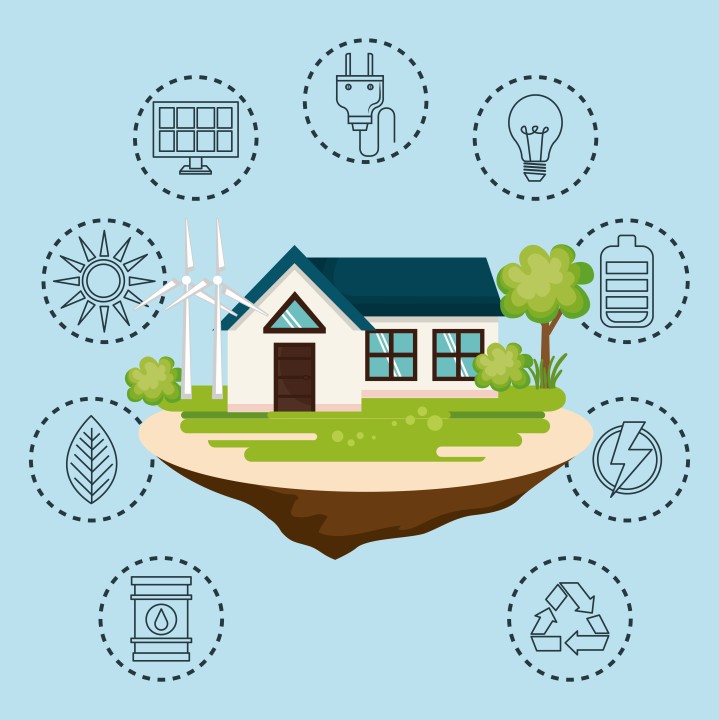Absolutely, here’s an article on Sustainable Home Improvement:
Eco-Friendly Home Upgrades: Sustainable Improvements
Sustainable home improvement practices have gained traction as homeowners seek environmentally friendly ways to enhance their living spaces. From energy-efficient upgrades to eco-conscious materials, adopting sustainable practices contributes to a greener and more efficient home.
Energy-Efficient Appliances
One of the most impactful sustainable improvements involves upgrading to energy-efficient appliances. High-efficiency models for refrigerators, washing machines, dishwashers, and HVAC systems consume less energy, reducing utility bills and environmental impact.
Solar Panel Installation
Installing solar panels is a significant step toward sustainable living. Harnessing solar energy not only reduces dependency on traditional power sources but also offers long-term financial savings and reduces carbon emissions.
Water Conservation Features
Incorporating water-saving fixtures such as low-flow toilets, faucets, and showerheads can significantly reduce water consumption. Rainwater harvesting systems and greywater recycling are additional sustainable solutions for water conservation.
Energy-Efficient Windows and Insulation
Upgrading windows and insulation improves energy efficiency by preventing heat loss or gain. Energy-efficient windows and proper insulation keep indoor temperatures stable, reducing the need for excessive heating or cooling.
Use of Eco-Friendly Materials
Opting for eco-friendly materials during renovations is crucial for sustainable home improvement. Recycled or reclaimed wood, bamboo, cork, and recycled glass are environmentally friendly alternatives that contribute to sustainable living.
Smart Home Technology
Integrating smart home technology allows for efficient energy management. Smart thermostats, lighting systems, and energy monitors help homeowners track and control energy usage, optimizing consumption patterns.
Green Roofing and Sustainable Landscaping
Green roofing and sustainable landscaping practices like planting native vegetation, using permeable surfaces, and implementing rain gardens help manage stormwater runoff and promote biodiversity while reducing environmental impact.
Waste Reduction Strategies
Adopting waste reduction strategies is integral to sustainable living. Implementing recycling programs, composting organic waste, and choosing products with minimal packaging contribute to reducing household waste.
Energy Audits and Efficiency Assessments
Conducting energy audits and efficiency assessments identifies areas for improvement. Professionals assess energy usage, recommending specific improvements tailored to the home’s needs for maximum sustainability.
Community Engagement and Advocacy
Engaging with the community and advocating for sustainable practices fosters a collective effort toward environmental conservation. Sharing knowledge and experiences encourages others to adopt sustainable home improvement practices.
To explore more about Sustainable Home Improvement and its impact on creating environmentally friendly living spaces, visit Classic Cinema Images – Sustainable Home Improvement.
This article delves into various aspects of sustainable home improvement, highlighting energy-efficient upgrades, solar panel installation, water conservation, eco-friendly materials, smart home technology, green roofing, waste reduction, energy audits, and community engagement, emphasizing the importance of sustainable living practices for homeowners.










